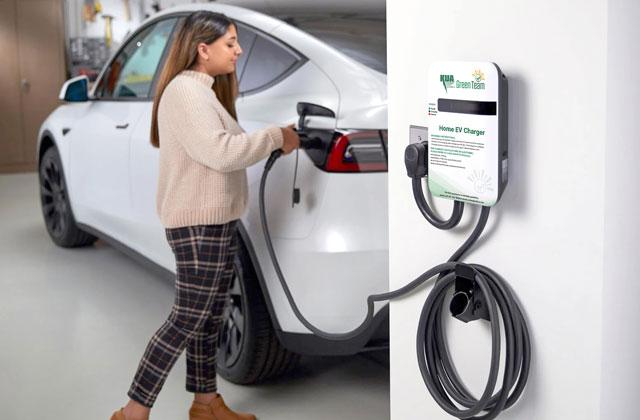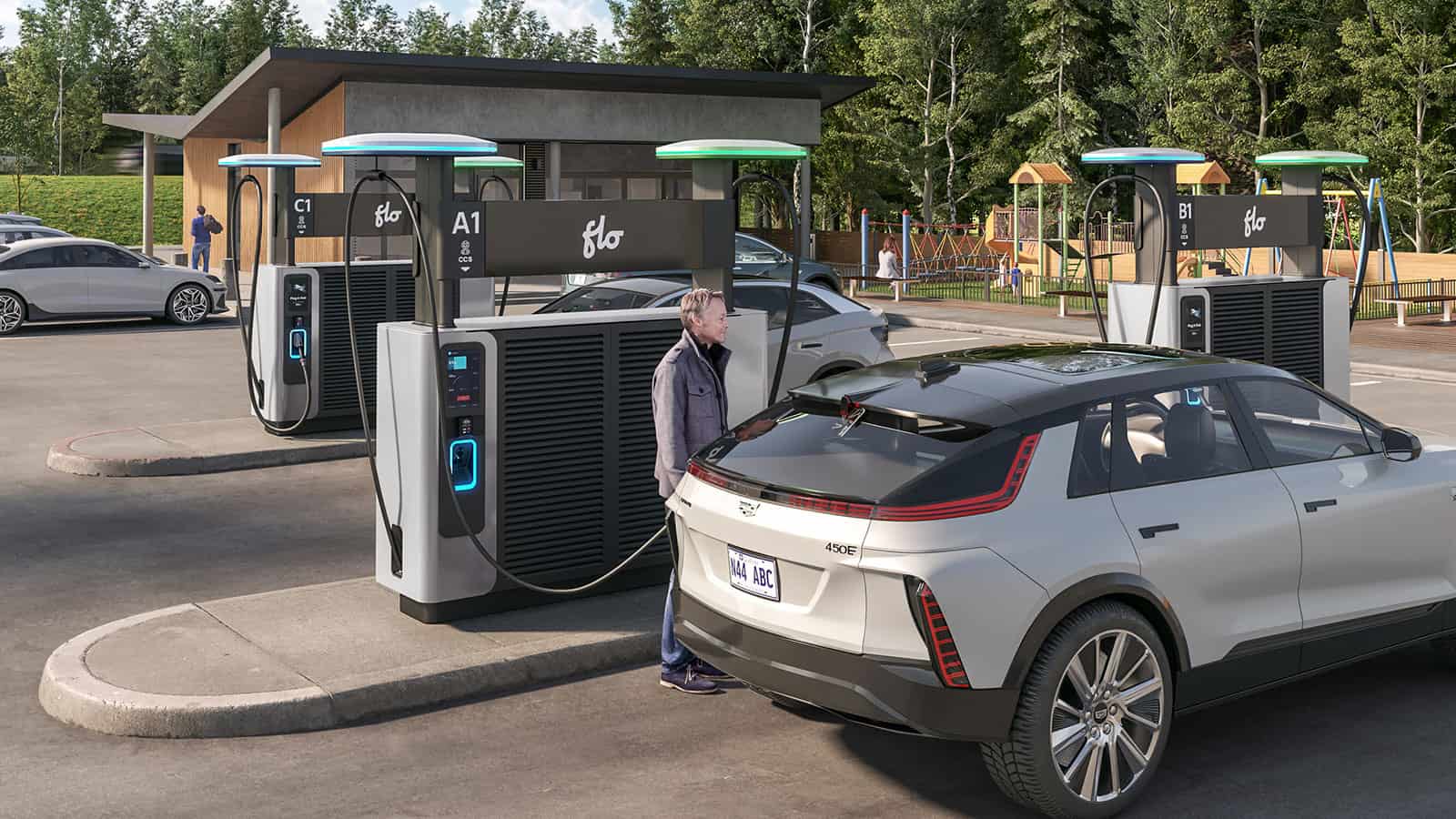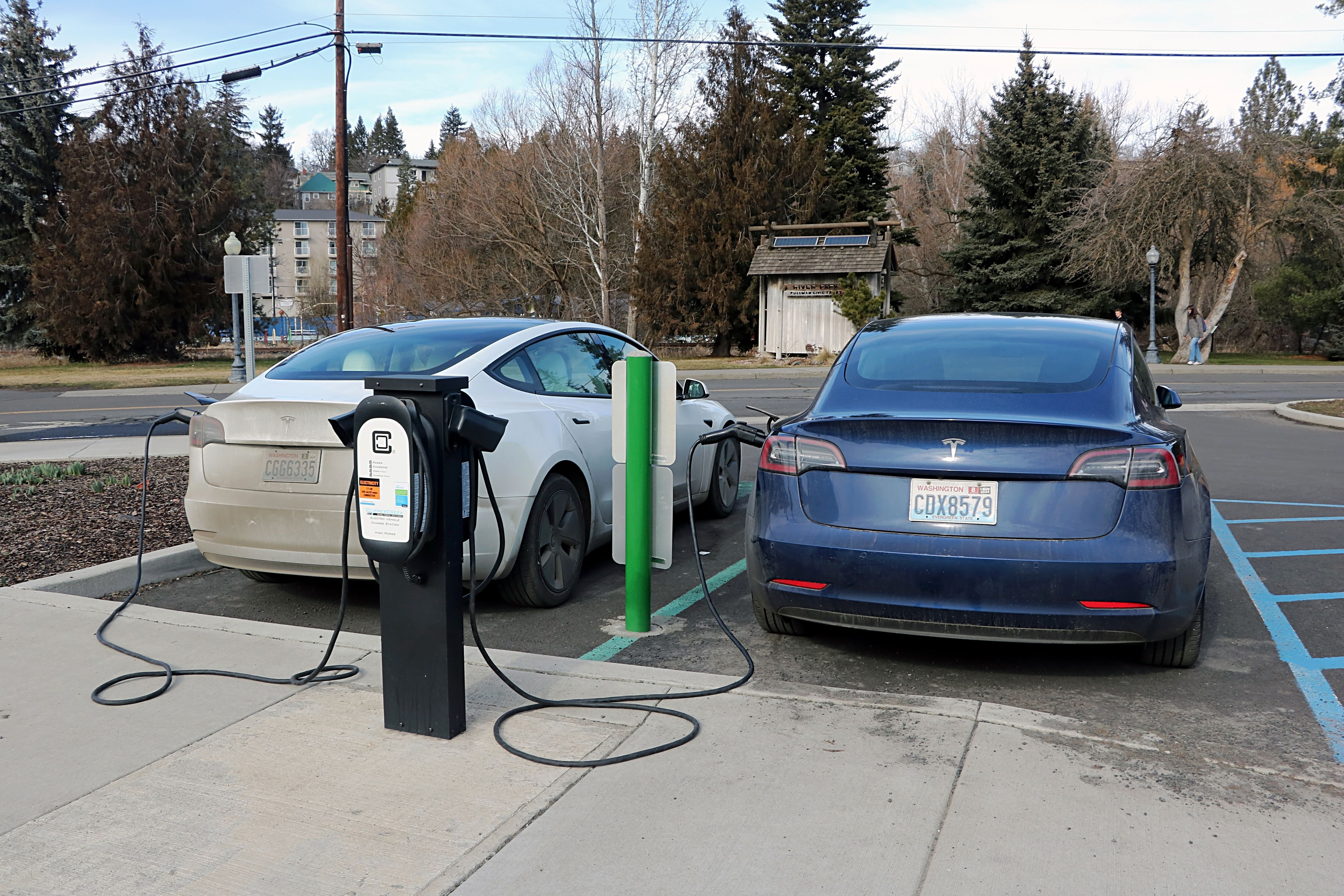New Developments in EV Charging: Just How the Industry Is EVolving to Fulfill Need
As the electric car (EV) market continues to increase, the charging infrastructure is going through significant improvements to resolve the rising need. The implications of these innovations raise crucial questions about the future of EV billing and its duty in the broader energy ecological community.
Growth of Charging Facilities
The quick expansion of electric automobile (EV) billing infrastructure is a vital part in facilitating the extensive fostering of electrical flexibility. As governments, personal business, and customers significantly identify the importance of reducing carbon emissions, investments in billing networks have actually risen. This framework development is important to relieve range anxiety, guaranteeing that EV individuals have practical accessibility to billing terminals.
Considerable improvements accountable terminal innovation and release strategies have actually emerged. Urban locations are seeing a spreading of public billing terminals, while country regions are slowly being integrated into the billing network. Moreover, collaborations in between automotive suppliers and billing providers are becoming more common, facilitating the facility of detailed networks that improve individual experience and ease of access.
Additionally, the combination of renewable resource resources into billing stations is obtaining momentum, advertising sustainability in the EV environment. This transition not just supports ecological goals yet likewise straightens with the increasing need for eco-friendly power services amongst consumers.
Ultra-Fast Charging Technologies
Ultra-fast billing innovations stand for a considerable leap onward in the EV charging landscape, allowing electric automobiles to recharge in a fraction of the moment compared to standard charging techniques. These innovations commonly deliver power degrees going beyond 150 kW, with some systems rising to 350 kW or even more, significantly lowering charging times to as low as 15-30 mins for a substantial fee.
Secret making it possible for technologies include innovations in battery chemistry, power electronics, and thermal management systems. As an example, high-capacity batteries with boosted thermal security enable faster charging without overheating. Additionally, advancements accountable framework, such as liquid-cooled cables and modular charging stations, help with effective power transfer, improving the total customer experience
Significant automotive producers and innovation firms are actively purchasing ultra-fast charging networks, acknowledging the crucial duty they play in conquering range anxiousness and accelerating the adoption of electric vehicles. As these technologies become more widely available, the EV market is expected to witness substantial development, making electrical wheelchair an extra eye-catching alternative for customers. Generally, ultra-fast billing innovations are essential in forming the future of sustainable transportation, leading the means for a much more comprehensive and efficient billing environment.
Smart Grid Combination

Via need response techniques, wise grid systems can change charging routines based on grid conditions and electrical power pricing. As an example, during durations of high need, billing can be postponed to off-peak hours, causing reduced expenses for consumers and decreased strain on the grid. Additionally, vehicle-to-grid (V2G) modern technologies make it possible for EVs to release power back into the grid, improving and offering ancillary solutions grid security.
Integration with renewable power sources further boosts the sustainability of EV billing. By lining up charging tasks with periods of high solar or wind generation, clever grids advertise a greener charging framework. Eventually, smart grid assimilation not only sustains the expanding demand for EVs however likewise contributes to an extra lasting and resilient power future, positioning the industry for lasting success.
Battery Advancements
Amidst the quick development of electrical automobiles (EVs), battery innovations stand at the center, driving developments in effectiveness, efficiency, and sustainability. As the demand for EVs rises, scientists and manufacturers are concentrating on improving battery modern technologies to deal with obstacles such as range stress and anxiety and billing times.
Lithium-ion batteries stay one of the most widely used look here innovation, yet brand-new products and chemistries are arising to boost power thickness and longevity. Solid-state batteries, for example, guarantee higher power storage space ability and boosted safety by changing fluid electrolytes with solid ones. This change might dramatically lower the threat of fire and increase the lifespan of batteries.
Additionally, developments in battery recycling processes are important for sustainability. Business are establishing techniques to recuperate important products like lithium, cobalt, and nickel from utilized batteries, promoting a circular economy and decreasing environmental impact.

Worldwide Billing Requirements

Initiatives are underway to establish global charging criteria that promote compatibility among various EV designs and billing terminals. Organizations such as the International Electrotechnical Payment (IEC) and the Society of Automotive Engineers (SAE) are working collaboratively with automobile makers and power providers to create extensive standards. EV Charging news. These requirements purpose to simplify the billing procedure, reduce the need for multiple adapters, and enhance user experience
In addition, standardization can significantly bolster the expansion of the charging network, as it encourages financial investment by making infrastructure development more foreseeable and reliable. As the EV market develops, a unified technique to charging requirements will certainly be crucial for ensuring that customers can bill their vehicles comfortably and accurately, consequently supporting the broader shift to lasting transportation.
Conclusion
The electrical lorry charging industry is undergoing considerable transformation to address the surging need for lasting transportation. Improvements in charging infrastructure, ultra-fast innovations, smart grid integration, and cutting-edge battery check out this site remedies are crucial in enhancing customer experience and functional efficiency.
Urban locations are seeing a proliferation of public billing terminals, while rural regions are progressively being integrated into the billing network. Additionally, developments in billing infrastructure, such as liquid-cooled wires and modular charging stations, help with efficient power transfer, boosting the general user experience.
Overall, ultra-fast billing modern technologies are pivotal in forming the future of lasting transportation, leading the method for a more reliable and extensive billing ecosystem. - EV Charging news
By lining up charging activities with durations of high solar or wind generation, smart grids advertise a greener charging infrastructure.Efforts are underway to develop international charging requirements that help with compatibility amongst different EV designs and billing terminals.